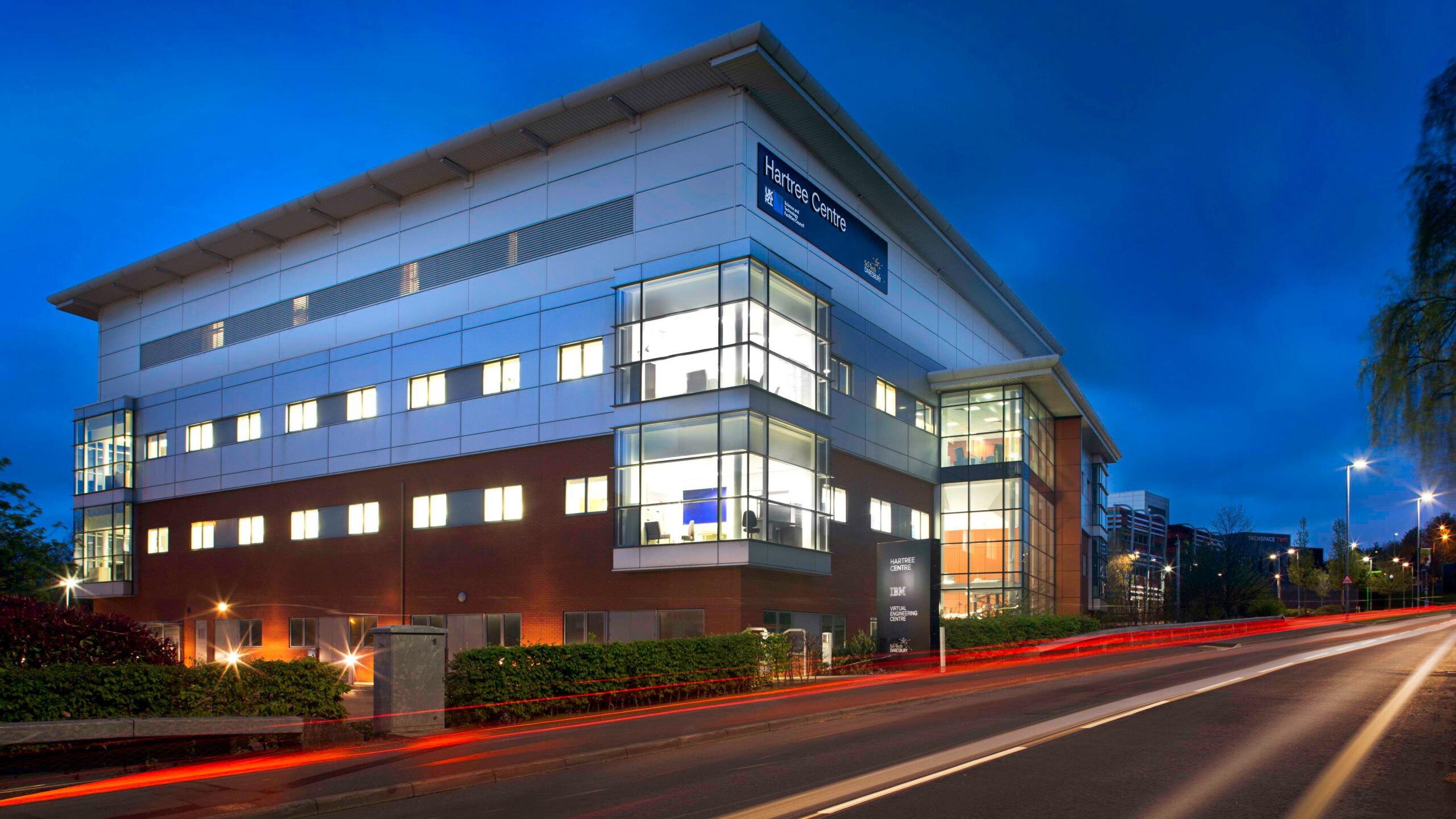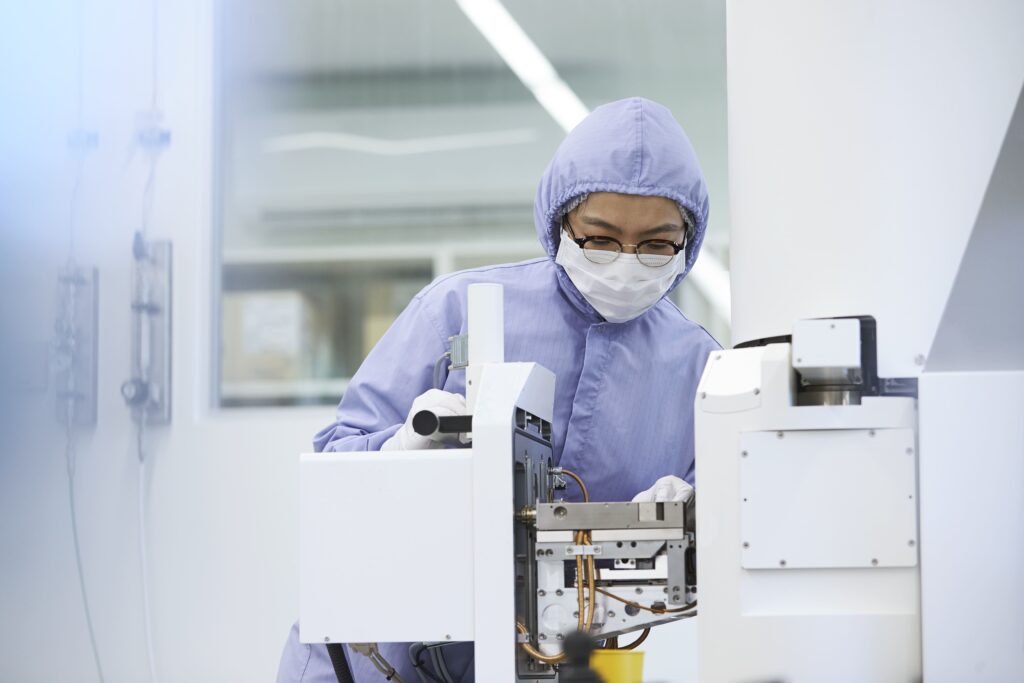Insider Brief
- Quantum Brilliance will collaborate with the UK-based Science and Technology Facilities Council’s Hartree Centre to accelerate quantum computing.
- The teams will to work to integrate quantum accelerators with high-performance computing.
- The Hartree Centre will utilize the accelerators to improve classical‐quantum algorithm scalability on NISQ devices.
- Image: Science and Technology Facilities Council (STFC)’s Hartree Centre
PRESS RELEASE — Quantum Brilliance, the leading developer of miniaturised, room-temperature quantum computing products and solutions, today announced a strategic collaboration with the UK-based Science and Technology Facilities Council (STFC)’s Hartree Centre, one of Europe’s largest multi‐disciplinary scientific research organisations, to accelerate quantum computing toward wide application of room-temperature diamond quantum devices.
The new partners are working to integrate quantum accelerators with high-performance computing (HPC). Quantum computing is in an early stage referred to as the noisy intermediate-scale quantum (NISQ) era. The point at which quantum will outperform classical computing in most applications may be decades away. A hybrid approach, with classical working in parallel with quantum, is considered optimal in the interim.
Quantum Brilliance’s pioneering room-temperature quantum accelerators deliver parallel hybrid computing for practical industry challenges. Scalability issues currently limit the application of quantum computing to industry‐relevant challenges, such as in chemistry, drug discovery and finance. The Hartree Centre will utilize the accelerators to improve classical‐quantum algorithm scalability on NISQ devices.
“We are pleased to work together with the STFC Hartree Centre on quantum parallelisation strategies,” said Quantum Brilliance Managing Director Mark Mattingley-Scott. “Our shared goal of accelerating greater and increasingly practical use of the portable, diamond quantum devices available today and in development for the near future will enable governments, industries, enterprises and more to begin their quantum journeys now and scale with each subsequent innovation.”
Shared ambitions within the partnership include providing practical proofs of concept of hybrid parallel algorithms, achieving new innovations and paving paths toward massively parallelised HPC centres.
“We are looking forward to further enhancing, with Quantum Brilliance, room-temperature diamond quantum technology benefitting the economic growth and competitiveness of the UK,” said Prof. Katherine Royse, Director of the STFC Hartree Centre, “As we work together to create useful, meaningful impact on a tangible, human scale, we invite other organisations and individuals who share our commitment to join us in this endeavour.”
The Hartree Centre’s core expertise in HPC, parallel computing and de‐risking emerging technologies for industrial use, along with Quantum Brilliance’s trailblazing Quantum Accelerator and Qristal Emulator software, can significantly improve the scalability of quantum-enhanced algorithms. The Advanced Computing and Emerging Technologies Team at The Hartree Centre will be at the forefront of carrying out this groundbreaking work, using the Qristal SDK to develop and test novel quantum algorithms for real-world applications specifically designed for quantum accelerators.
Quantum Brilliance’s quantum systems use synthetic diamonds to operate at room temperature in any environment. Unlike large mainframe quantum computers, Quantum Brilliance’s small-form devices do not require cryogenics, vacuum systems or precision laser arrays, consuming significantly less power. Potential use cases include massively parallelised clusters of accelerators for computational chemistry and embedded accelerators for edge computing applications such as robotics and autonomous vehicles.
Currently the size of a desktop PC, the company is working to further miniaturise its technology to the size of a semiconductor chip that can be used on any device, wherever classical computers exist today, unlocking practical quantum computing for everyone. To learn more, visit www.quantumbrilliance.com.
If you found this article to be informative, you can explore more current quantum news here, exclusives, interviews, and podcasts.


















